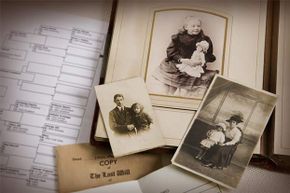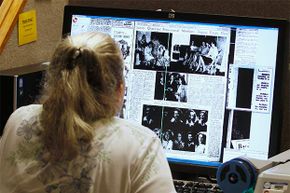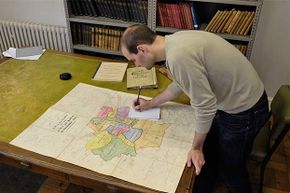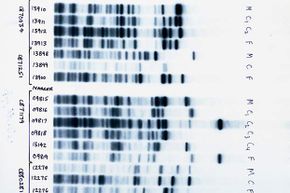My brothers and I have 30 first cousins, many of whom have children and even grandkids of their own. I haven't met all of them in person, nor do I know the basic details of their lives, thanks to some pretty significant age differences and geographic separation. If knowing the particulars of my living relatives is this tricky, imagine how it tough it'll be a generation or two down the line when one of our descendants decides to get cracking and establish a family tree?
Truly, a lot of us know who we are and where we'd like to be going, but where we came from? Not so much. Our great-grandparents and other long gone ancestors simply didn't have social media or blogs to track their every move and major life events, and as a result these details and mementos of their adventures tend to blur with time or get lost altogether. Many people are turning to family history mapping in an effort to recover and preserve information to benefit themselves, as well as future generations. If you're confused about where to start, don't be! There's no one "right" way to map your family history, so check out these easy tips to get your project on the right path.
Advertisement










